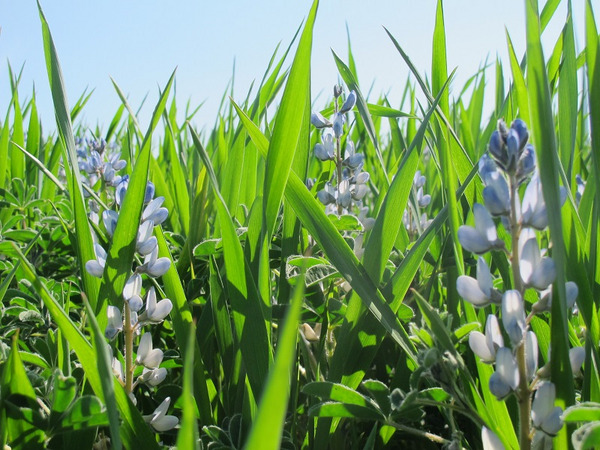There is a lack of results on the advantages and limitations of combining different crop diversification strategies, which makes it difficult for famers and advisers to find relevant information for the transition towards more diversified cropping systems. A network of field experiments (see map) was built across seven European countries, covering a range of pedo-climatic conditions and different farming systems: arable and vegetable systems under both conventional and organic management.
Each field experiment will test one or several diversified cropping systems, which combine three diversification strategies with low input practices. These diversified cropping systems are compared to reference systems, which are less diversified and more dependent on external inputs.
The three strategies of crop diversification are
- rotation,
- multiple cropping (growing different crop species on the same land within one growing season) and
- intercropping (growing different species in proximity on the same field).
A diversified system includes, for example,
- the addition of cover crops or cash crops, such as legumes, for their expected ecosystem services, or crops for new markets,
- the use of multiple cropping to increase productivity per year (e.g. winter barley with soybean) and
- intercropping (e.g. barley/pea, wheat/faba bean, triticale/lupin (photo) to increase productivity per unit of area and reduce external inputs).
We will quantify the benefits of increasing crop diversification within current cropping systems, which apply both temporal and spatial diversification and use lower inputs.
Expected impacts include:
- higher arable land productivity,
- increased farmer revenues through access to new markets and reduced economic risk,
- lower environmental impact through reduced use of pesticides, chemical fertilisers, energy and water, and
- improved delivery of ecosystem services, including biodiversity.
The diversified cropping systems will be assessed using standardized measurements across the network and multi-criteria assessment tools. Decisions regarding the design and management of the diversified cropping systems will be recorded to support other diversification initiatives.
During the project, this network will be a source of inspiration for several case studies. The ultimate goal is to guide farmers in their transition towards more diversified cropping systems and to promote innovations by various actors at different scales (e.g. innovations regarding machinery for sowing or harvesting new sole or mixed crops, value-chains through the consolidation of new markets, new process of transformation, or adaptation of value-chains to intercropping).
The network relies mainly on existing perennial experiments. All partners have already organized the adaptation of their field experiments to include different crop diversification strategies. Field experiments will continue to evolve, taking into account local opportunities and constraints and feedbacks from case studies, resulting in possible value-chain modifications. The field experiments are already involved in national networks, which will facilitate the dissemination of the results as well as maintain the sustainability and visibility of the network after the project ends.




 tippen und dann zum Befehl zum Home-Bildschirm hinzufügen nach unten scrollen.
tippen und dann zum Befehl zum Home-Bildschirm hinzufügen nach unten scrollen.
Disqus
Um die Kommentarfunktion nutzen zu können, müssen Sie sich bei dem Drittanbieter "Disqus" anmelden.
Wenn Sie diese Funktion aktivieren, baut Ihr Browser eine direkte Verbindung mit den Servern des Dritt-Anbieters auf. Wir möchten Sie darauf hinweisen, dass nach der Aktivierung Daten an den Drittanbieter übermittelt werden und dieser ggf. Cookies setzt, die auch zu Analyse- und Marketing-Zwecken genutzt werden können. Nähere Informationen entnehmen Sie bitte unserer Datenschutzerklärung.
Aktivieren